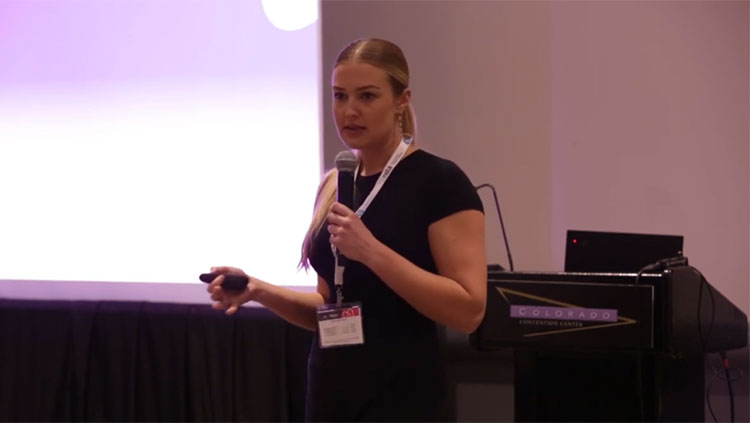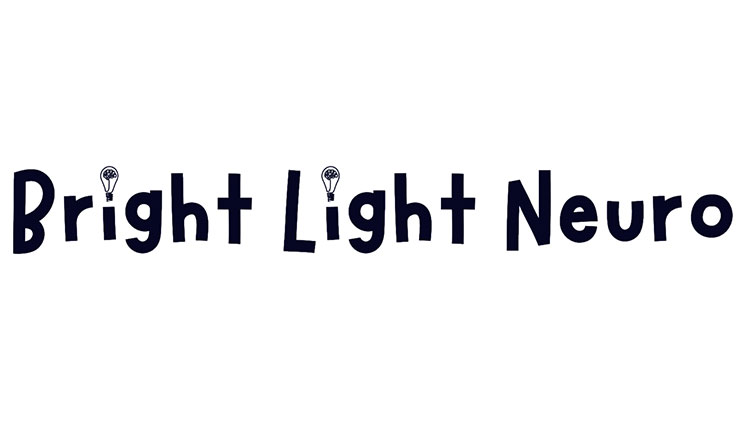Draw a Neuroscientist
- Published29 Oct 2018
- Reviewed29 Oct 2018
- Author Emma Lindberg
- Source BrainFacts/SfN

What image forms in your head when you hear the word “scientist”? Does this person look like Doc Brown testing the DeLorean in the parking lot of the Twin Pines Mall? Does your visual change when you imagine a neuroscientist? Maybe Doc Brown is holding a pink, gelatinous brain.
From 1966–1977, David S. Chambers asked the question: what does a scientist look like? Over 4,800 kindergarten to fifth grade students from Canada, Australia, and the United States were asked to “draw a picture of a scientist.” The test was administered by the students’ regular teacher with no previous discussion about the assignment.
To score the students’ drawings, Chambers’ team developed seven indicators of the standard scientist. The more indicators a student used in their drawing, the higher their score.
- Lab coat
- Glasses
- Facial hair
- Symbols of research, such as lab equipment or scientific instruments
- Symbols of knowledge, such as books
- Technology
- Relevant captions or talk bubbles, such as “eureka!” or a formula
The results of the study showed that younger students (kindergarten through first grade) used almost none of the indicators in their drawings. Second graders typically used two indicators in their drawings. By fifth grade, students were using three to four indicators, and in a few cases up to five or six.
Chambers and his team also observed socio-economic and sex differences among the drawings. The standard image of a scientist was slower to appear in lower-income schools compared to middle- and upper-income schools. Women scientists were only drawn by girls, who made up 49% of the sample size. Of the thousands of images submitted, only 28 scientists were drawn as women.
In 1985, David Miller began recreating the Draw A Scientist Test. Miller observed that 28% of the students (42% of the girl sample and 5% of the boy sample) drew a female scientist. Miller has collected data from over 20,000 drawings and is still administering the test to students today.
Two conclusions were drawn from Chambers’ study: 1) Similar to a test done on high school students by Mead and Meraux, the stereotypical image of a scientist appears among grade level students; 2) Various elements of the stereotype appear with greater frequency as students advance through school.
Fifty years after Chambers’ test was created would your students use similar indicators? Follow the instructions below to test how your students would draw a neuroscientist.
Materials
- 1 blank sheet of paper per student
- Drawing utensils (pencils, markers, crayons, etc.)
Instructions
- Pass out a blank sheet of paper to each student.
- Distribute the drawing and coloring materials to your students.
- Ask the students to draw a neuroscientist. It is important that you do not provide them with any prompts, images, or background information about the Draw A Scientist Test.
- (Optional) Once the students have completed their drawings turn them in for scoring. Using Chambers’ seven indicators mark each drawing 0–7. 0 being no indicators, and 7 being every indicator. Once you have scored the materials return them to your students.
- Once the students have their completed scientists, show them Chambers’ seven indicators.
- Start a discussion with your students. Ask them which indicators they used and why. Ask them how many indicators they used and why they chose those as opposed to others. Ask who had a high number of indicators and who had a few. Ask if they chose to draw a male or female scientist and why.
- (Optional) Invite a neuroscientist to come speak to your students after this activity. You can work with a neuroscientist locally or remotely through the Find A Neuroscientist network.
CONTENT PROVIDED BY
BrainFacts/SfN
References
Chambers, D. W. (n.d.). Stereotypic Images of the Scientist: The Draw-A-Scientist Test. Retrieved October 26, 2018, from http://kbsgk12project.kbs.msu.edu/wp-content/uploads/2011/02/draw-a-scientist-test.pdf
Nolla, Kyle M, et al. The Development of Children's Gender‐Science Stereotypes: A Meta‐Analysis of 5 Decades of U.S. Draw‐A‐Scientist Studies. 20 Mar. 2018, onlinelibrary.wiley.com/doi/full/10.1111/cdev.13039. Accessed 26 Oct. 2018. http://onlinelibrary.wiley.com/doi/full/10.1111/cdev.13039
Yong, E. (2018, March 20). What We Learn From 50 Years of Kids Drawing Scientists. Retrieved October 26, 2018, from What We Learn From 50 Years of Kids Drawing Scientists. https://www.theatlantic.com/science/archive/2018/03/what-we-learn-from-50-years-of-asking-children-to-draw-scientists/556025/














